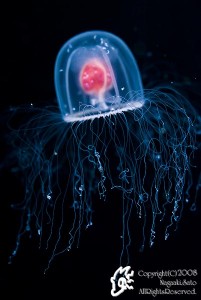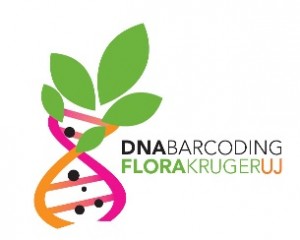When asked to think of the most dangerous animals on Earth, we often imagine large creatures like sharks, bears, or lions. However, you may be surprised to discover that the most dangerous creature in the world is actually… a mosquito!

Anopheles stephensi mosquito, a known carrier of Malaria. Rsabbatini via Wikimedia Creative Commons.
Mosquitoes are summertime pests; those annoying and unwelcome guests at a family barbecue, picnic in the park, or day at the beach. While the itchy bumps they cause are irritating, bites are rarely fatal here in North America. However, in tropical and sub-tropical regions, mosquitoes act as transmitters for potentially fatal diseases, such as Malaria and Dengue fever. Causing over one million deaths each year, mosquito transmitted diseases kill more humans than any other animal-related incident.
This has prompted scientists to consider proactive options for fighting these diseases – namely, to prevent people from becoming infected in the first place. As common insect-reducing methods (such as insecticide spraying) often kill other species within the ecosystem too, controlling mosquito populations through genetic modification is becoming more popular. While similar strategies have been used before – the sterile insect technique (SIT) was developed in the 1950’s, whereby genetically-engineered sterile insects are released into the environment – a new technology developed by Oxitec laboratories is at the forefront of the mosquito combat.

(TEDtalksDirector via YouTube)
Above, Hadyn Parry (CEO of Oxitec) discusses disease transmission by mosquitoes, and how Oxitec proposes to alleviate this issue.
Oxitec is a British biotech company that, under the leadership of Luke Alphey, has produced the RIDL method, by which mosquitoes are genetically modified to carry lethal alleles.
What does this mean?
Essentially, male mosquitoes are engineered in a laboratory and then released. The concept here is simple – the mutations inflicted have no direct impact on the mosquitoes’ fitness (that is, the genetically modified males compete for female mates equally as well as wild-type males), but the mosquitoes will die if not given tetracycline during development. Therefore, when these RIDL males mate, all offspring will receive one dominant lethal allele. Over time, without the presence of tetracycline, all mosquitoes carrying this allele will die, effectively diminishing the mosquito population. Luke Alphey explains these concepts in the video below.

(WorldEconomicForum via YouTube)
While the RIDL method shows promise for controlling mosquito populations, many parties contend that there are unintended side effects. For example, the removal of mosquito populations threatens to disrupt surrounding ecosystems, as many species, such as bats and spiders, rely on mosquitoes for nourishment. Furthermore, it has been suggested that mosquitoes could develop resistance to the lethal allele, resulting in a stronger subsequent generation and thereby amplifying disease transmission.
However, Oxitec scientists seem confident that the RIDL technique will provide a safe, effective way to manage mosquito populations. If true, we may be about to witness a new era of disease prevention.
– Sydney Schnell













